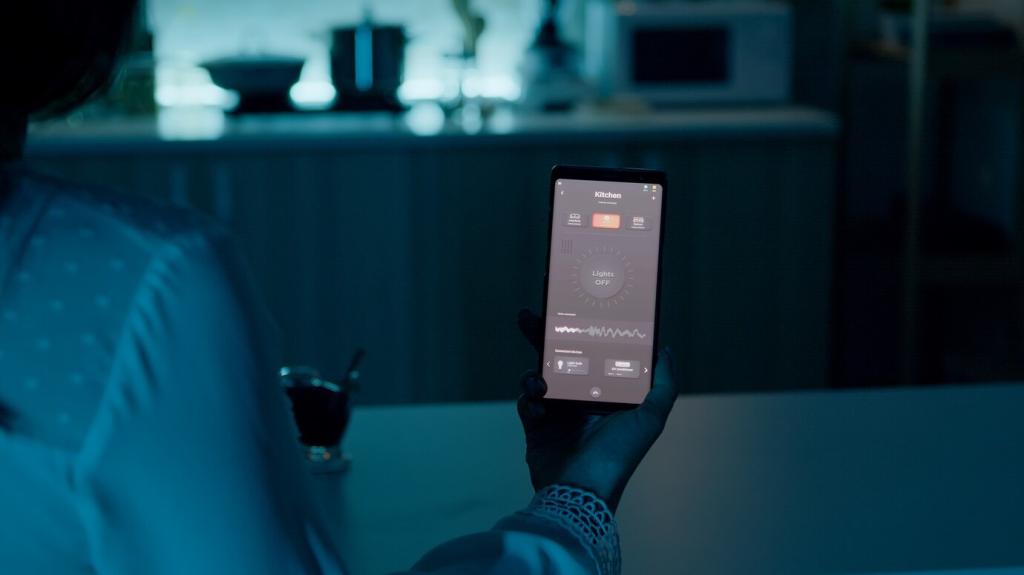Fast Charging Solutions for EVs: Powering the Road Ahead
Chosen theme: Fast Charging Solutions for EVs. Discover how rapid charging reshapes road trips, daily routines, and the energy grid. From tech breakthroughs to real-life stories, we explore ways to charge faster, travel farther, and live smoother. Join the conversation, subscribe for weekly insights, and share your fast-charging wins and questions.
Why Fast Charging Changes the EV Experience
From Range Anxiety to Confidence: A Real Trip Story
On a rainy Friday, a family detoured to watch a sunset two hours off-route, trusting a nearby 150 kW station. Fifteen minutes of charging turned a nervous clock-check into relaxed anticipation. That quick stop made dessert plans possible, proving fast charging can create unforgettable, stress-free moments.
Understanding Power, Voltage, and Charging Curves
Fast charging speed depends on power levels and battery conditions. Cars with 800-volt architecture can accept higher power with less current, reducing heat. Charging curves peak early and taper to protect cells. Arriving with a lower state of charge often yields the fastest rate and the most efficient stop.
Share Your Fastest Charge
What is the quickest session you have experienced, and what helped you achieve it? Tell us your power level, ambient temperature, and arrival state of charge. Your insights help other drivers plan smarter routes and optimize timing for quick, confident road adventures.
Inside the Tech: How DC Fast Charging Works
Battery Chemistry and Thermal Management
Different chemistries, like NMC and LFP, respond uniquely to high-power charging. Active cooling, heat pumps, and liquid thermal loops keep cells in the ideal temperature band. Preconditioning warms or cools the pack before arrival, enabling peak power and extending long-term battery health.
Connectors and Protocols: CCS, NACS, and CHAdeMO
Standards determine interoperability and convenience. Communication protocols negotiate voltage, current, and safety checks before power flows. As networks converge on widely adopted connectors, cross-compatibility improves. The goal is simple: plug in, authenticate, and charge securely without fuss, anywhere your trip leads.
Cooling, Cables, and Safety Layers
High currents generate heat, so many ultra-fast stations use liquid-cooled cables for comfort and reliability. Ground fault detection, insulation monitoring, and contactor checks protect users and vehicles. Smart diagnostics watch for anomalies, preventing damage while keeping sessions smooth during peak demand hours.

This is the heading
Lorem ipsum dolor sit amet, consectetur adipiscing elit. Ut elit tellus, luctus nec ullamcorper mattis, pulvinar dapibus leo.

This is the heading
Lorem ipsum dolor sit amet, consectetur adipiscing elit. Ut elit tellus, luctus nec ullamcorper mattis, pulvinar dapibus leo.
Costs, Speeds, and When to Use Fast Charging
Time Versus Money: When DCFC Makes Sense
On road trips, time saved often outweighs higher per-kilowatt-hour costs. In daily life, home or workplace charging may be cheaper. Consider your schedule, electricity rates, and the value of arriving sooner. Share scenarios where fast charging saved your day so others can learn from real experiences.


Memberships, Idle Fees, and Off-Peak Savings
Many networks offer member discounts, off-peak pricing, and idle fees to keep stalls available. Check apps for pricing before arrival, and consider monthly plans if you fast charge often. Tell us which memberships or time windows delivered the best value without compromising your schedule or comfort.


Building Smarter Networks and Grids
High-power sites stress local infrastructure, so operators use intelligent load balancing and battery storage to shave peaks. By buffering energy, stations can deliver consistent power without overwhelming transformers. Have you used a site with storage or solar canopies? Tell us if you noticed steadier speeds or reliability improvements.
Building Smarter Networks and Grids
Pairing solar and wind with storage lowers carbon intensity and stabilizes cost. Microgrids keep sites operating during outages. Demand response programs shift heavy loads to friendlier times. Share examples from your region where clean energy supports fast charging, inspiring others to ask for smarter infrastructure locally.
What’s Next: Ultra-Fast and Seamless Experiences
800V Platforms and Silicon Carbide Power Electronics
Next-generation vehicles leverage 800-volt systems and silicon carbide components to reduce losses and heat. The result is shorter stops and more consistent peak power. Have you driven an 800-volt EV yet? Share your impressions of charging speed, temperature control, and how it changed your trip planning confidence.
Plug and Charge: Authentication Without the Hassle
With standards that securely exchange certificates, vehicles authenticate automatically when connected. No cards or apps, just plug in and go. The smoothness reduces errors and speeds every session. If you have tried automatic authentication, tell us whether it felt as effortless as fueling a traditional car.
Megawatt Charging and Urban Hubs
Trucks and buses are moving toward megawatt systems, while cities plan high-density hubs for rapid top-ups. Expect shorter dwell times and smarter queuing. Which evolution excites you most: heavy-duty corridors or neighborhood hubs? Comment below and subscribe for monthly updates on pilots, standards, and real-world performance.
Join our mailing list
